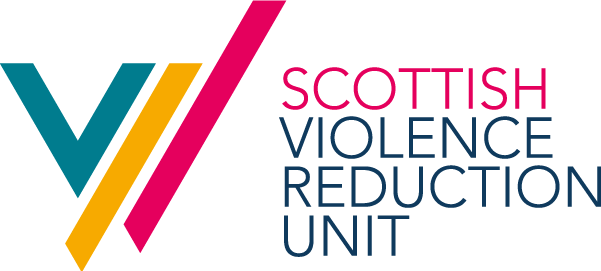
What was the most significant development in the construction of the Scottish Violence Reduction Unit in 2005? What made the approach we adopted unique? Undoubtedly it was the application of a ‘public health model’, the recognition that the causes of violence are deep rooted and, in order to make a lasting improvement, numerous agencies have a role to play.
In simple terms, the police play a significant part in reducing violence, but the service do not ‘own’ the issue. A public health approach requires a contribution from numerous agencies – including, but not exclusively, education, social services, health, justice and the third sector. This recognition, the support of key individuals across these sectors and the support of successive governments, played its part as Scotland worked to significantly reduce violence levels across the country over the years.
Yet, there is much more still to do.
When I speak about violence I also talk about addiction, poverty, homelessness and trauma. Because to truly understand each of these issues we must comprehend the connections they often have with each other. This is the heart of the public health approach to violence, ensuring that we look at all the evidence from every angle and not just the evidence from within our own field or that fits with our own view. Yet still too often I find the tendency to tackle each issue in isolation without identifying and addressing the areas of commonality.
In June 2011 the Christie Commission report on ‘the future delivery of public services’ in Scotland identified inter-generational poverty and low aspiration as key factors to be addressed. It called for Scotland’s public services and third sector to work together to bring improvements in this area, recognising the benefits to the individuals, communities and the public purse. Despite this, the neighbourhoods which comprise our more deprived communities consistently have the worst scores across a range of measurements from health to criminality.
As a unit we have for many years now highlighted the links between adverse experiences in childhood and poor outcomes later in life, emphasising the need to break this cycle. Too often we see young people enter the justice system who have experienced a childhood blighted by trauma, including those most vulnerable children who are care experienced. It’s been encouraging to see how passionate people have become about this issue and the growing awareness of ACEs. But awareness isn’t action. Knowing about it and doing something about it are two very different things. To be ‘trauma informed’ is commendable, but what we need is ‘trauma informed action’.
Despite many years of progress, our emphasis as a society still remains reactive. In policing terms, our focus tends to concentrate on a response to crimes after they have occurred – detection, support for victims, punishment and retribution. With high levels of demand to contend with, policing has understandably prioritised response.
A public health approach emphasises prevention. It acknowledges the fact that fewer crimes equate to fewer victims, reduced demand and, by such means, would deliver improvement. Crime prevention is the public health model in action.
This requires a recognition that the causes of society’s problems are shared across numerous agencies and are not exclusive contributors to criminality. By working together, we can share that burden and improve outcomes across a range of measures and for the greatest number of people.
The Christie Commission recommended a ‘bottom up, not top-down approach’, it told us to ‘listen to communities’ and deliver to their needs. So, how can we put that into action?
At the SVRU we have started a number of ‘placed based’ projects aimed at tackling the issues outlined above. One of these is in Wallacetown in Ayr. Typical of so many areas of the country, Wallacetown finds itself amongst the most deprived data zones in Scotland. The local primary school doubles as a food and clothing bank, unemployment is high, visits to hospital are frequent, and repeated criminality is a problem.
However, this is also an area with real strengths. Our aim is to identify and build on community assets, bring partners together in a collective effort, listen to members of the community and have them identify their own agenda, deliver small wins at first to make improvements and build on these to bring investment and opportunity. By drawing on its resources Wallacetown can build on its sense of hope and ambition.
If you can reduce violence and improve safety, you will also help create a healthier community with better prospects. You can’t have one without the other. That is the public health approach to policing in action.
Niven Rennie
Director, SVRU

